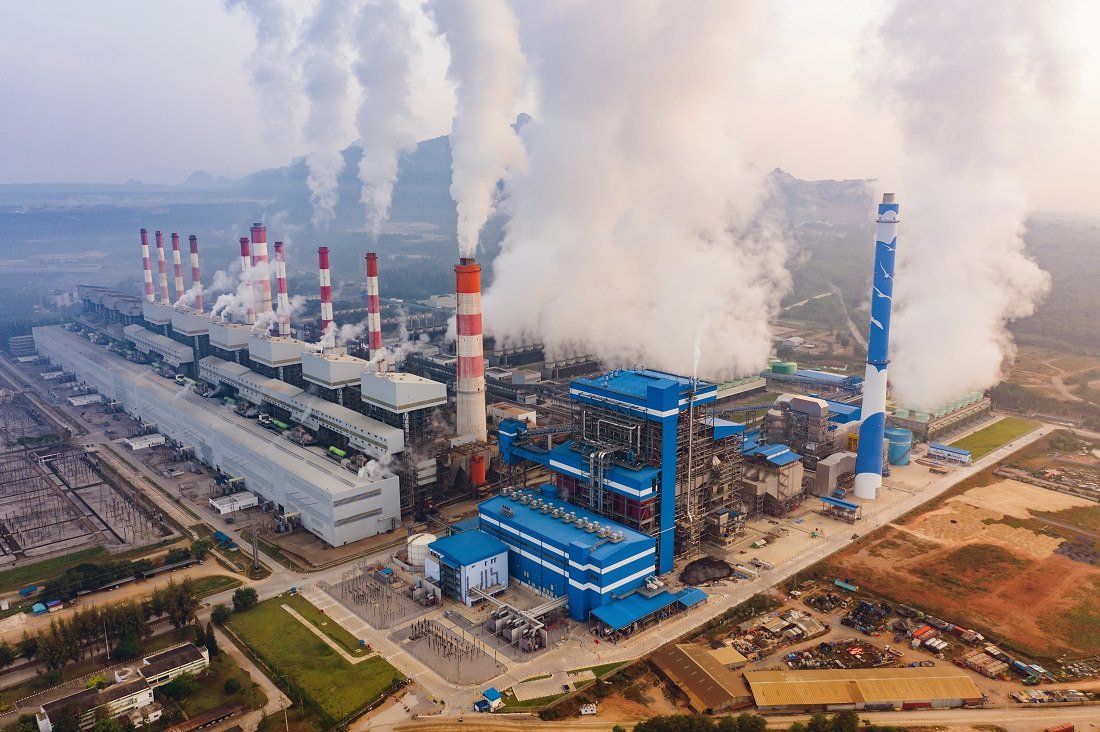Environmental Strategy
Volterra will be displacing the old battery technologies, coal, nuclear and natural gas energy sectors by facilitating efficient storage solutions for solar and wind energy generation. By offering a high-density, low cost and long-life battery solution, these clean energy sectors will have less of a barrier to entry than ever before, making traditional energy suppliers a way of the past.
Lithium batteries currently stand out with one of the highest energy densities among all battery technologies available today (ranging from 100 to 265 Wh/kg or 250 to 670 Wh/L). Moreover, Li-ion battery cells can supply up to 3.6 Volts, which is three times higher compared to technologies like Ni-Cd or Ni-MH. This higher voltage capacity enables them to deliver substantial current for high-power applications. The best part is that Li-ion batteries are also notably low maintenance and do not necessitate scheduled cycling to preserve their battery life. Unlike Ni-Cd and Ni-MH batteries, Li-ion batteries do not suffer from memory effect—a harmful phenomenon where a battery "remembers" a reduced capacity due to repeated partial discharge/charge cycles. This memory effect advantage contributes to the overall superiority of Li-ion batteries.
Major Impact Fossil Fuels
-

Natural Gas/Oil
On average, a hydraulic fracturing operation takes 5,000 to 30,000 cubic meters of water per day. (CAPP 2020)
The amount of water produced by a well can vary from almost none to over 100 barrels of water per barrel of oil. Nationally, an average of about 10 barrels of water are required for each barrel of oil. (Allison 2019)
Volterra plans on getting to the GW output level which will offset this excessive use of water mainly to generate thermal power and other irrigation.
-

Nuclear
A large nuclear power plant may use up to 1 billion gallons of water a day and, for this reason, they are often built next to rivers, lakes or oceans to utilize the bodies of water. The water is drawn from these sources and heated to create steam to power the turbine.
The Nuclear Energy Institute estimates that, per megawatt-hour, a nuclear power reactor consumes between 1,514 and 2,725 liters of water. This is compared to coal with figures of 1,220 to 2,270 liters per MWh, compared to 700 to 1,200 liters per MWh for gas. It then condenses and can be reused in the power generation process. However, it is eventually pumped back into the body of water it originated from, albeit at very high temperatures. This can increase the temperature of the natural water source by up to 30 degrees, posing risks to the aqua life. (Green 2019)
Volterra has a five-year projection to sell upwards of 5GW of battery storage which would offset Nuclear by 2,750,000 Gallons of water per day.
-

Coal
One MWh of coal power creates 2,100 pounds of CO2 emissions
Coal’s most notorious byproduct is carbon dioxide (CO2). Each megawatt hour of electricity from coal power plants emits 2,100 pounds of CO2 (960 kg), more than a ton!
60,000 gallons of water for each megawatt-hour (MWh) of electricity produced for sources like coal (Rathi 2018)
Volterra has a five-year projection to sell upwards of 5GW of battery storage which would offset Coal by 2,270,000 Gallons of water per day.
